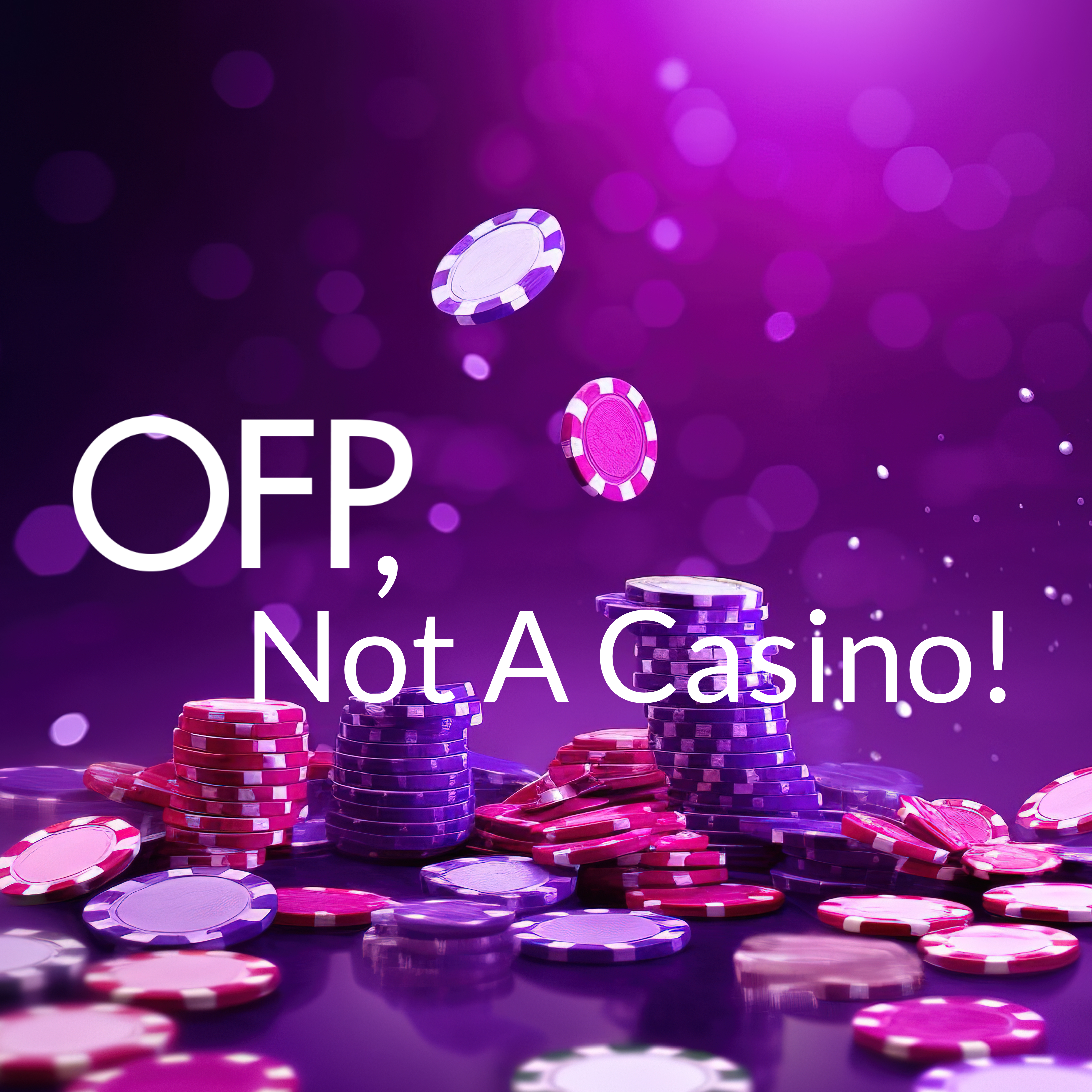
The Martingale strategy, also known as the Martingale system, is a popular betting and trading approach that involves doubling the investment after a loss with the aim of recovering previous losses and making a profit. An old approach that was commonly practiced in France, Martingale dates back to the 18th century!
The Martingale strategy in a nut-shell is the belief that you can have one good bet or trade to turn your fortunes around and prevent loss. This trading strategy could potentially make you 100% profitable, sounds like a dream right? Well, there is a price to pay for Martingale so before you get your hopes up, I’ll tell you that the price is big. In fact, the price may be infinite.
To reach that one win, a trader would potentially be risking an infinite amount of money. If you have enough money to burn you could potentially get that 100%. If your budget is unlimited you could double your investment until the odds are in your favor. Then you may ask yourself, “how many times will I need to double my investment to win everything back?” or “is it worth it?”. We’ll try to explain the Martingale strategy and how it’s used today, or rather how (and why) it’s not used today.
Who Invented The Martingale?
The Martingale strategy is a probability theory which was introduced by Paul Pierre Lévy, a French mathematician in 1934. The theory was not named until 1939 when Jean Ville coined the term “Martingale”. Jean Ville also extended the definition to continuous Martingales. A lot of the original development for the theory was done by Joseph Leo Doob along with his colleagues with their primary motivation being to prove that successful betting strategies in games of chance are impossible.
Why Can’t The Martingale Strategy Work
Let’s say you start with $50 and use the Martingale strategy in a binary options trade or a similar scenario where you can double your investment.
- Trade 1: You bet $50 and lose. Your balance is now $0 (assuming you can’t bet more than your current balance).
- Trade 2: Following the Martingale strategy, you double your bet to $100. If you lose again, your balance remains $0.
- Trade 3: If you somehow manage to get more funds or reset the strategy rules to bet $50 again and lose, your balance is still $0.
- Regardless of subsequent trades, as long as you keep losing, you won’t have funds left to continue doubling your bets.
Let’s continue..
Starting with $50 and doubling after each loss, the sequence of losses and subsequent bets would be as follows:
- Trade 1: Bet $50 (initial amount)
- Trade 2: Bet $100 (doubling after the first loss)
- Trade 3: Bet $200
- Trade 4: Bet $400
- Trade 5: Bet $800
- Trade 6: Bet $1600
- Trade 7: Bet $3200
- Trade 8: Bet $6400
- Trade 9: Bet $12800
- Trade 10: Bet $25600
If you lost all 10 trades, your cumulative losses would be:
$50+$100+$200+$400+$800+$1600+$3200+$6400+$12800+$25600=$51150
Now, let’s say you win the 11th trade. To calculate your net gain (net gain refers to the overall profit or loss after accounting for all costs, expenses, and gains in a financial transaction or series of transactions), you would subtract your total losses from your winning amount. Assuming each trade has an 80% payout (80% is a common profit splits with brokers):
- Trade 11: Bet $51200 (doubling after the 10th loss) and win, resulting in a profit of $40960 (80% of $51200).
Net gain = Winnings – Losses = $40960 = $51150 – $10190
So, even if you win the 11th trade after losing 10 consecutive trades using the Martingale strategy with initial capital of $50, you would still incur a significant net loss of $10190 due to the escalating bets and accumulated losses from the previous trades. This example illustrates the high-risk nature of the Martingale strategy and the potential for substantial losses.
Martingale Strategy’s Psychology, Risk Management and Market Conditions
The Martingale strategy’s flaw becomes evident when you hit a losing streak and run out of funds to double your bets. In the first example shown above that’s starting with $50, a few consecutive losses can wipe out your entire capital, rendering the strategy ineffective.
In real trading scenarios, there are additional factors to consider. Many brokers impose limits on bet sizes or trading capital, preventing unlimited doubling of bets.
ps. I’ll let you in on a secret, OFP prohibits this strategy so don’t even think about it..
Moreover, market conditions, such as sudden price movements or gaps, can lead to significant losses even with smaller bet sizes, further undermining the Martingale strategy’s effectiveness.
pps. If you’re unsure about trading rules please do yourself a favor and get informed about the rules before you start working with any prop firm. And if you want to start trading with OFP and some of the rules are unclear, be sure to contact our support team for any questions. Don’t hesitate, no question is too silly to ask, our team is here for you!
Anyway, the Martingale strategy can also lead to psychological pressure and emotional decision-making. After a series of losses and depleted funds, traders may feel compelled to take larger risks or deviate from the strategy, increasing the likelihood of additional losses. This is what I like to call gambling!
While the Martingale strategy relies on the assumption of eventual wins to recover losses, it overlooks the inherent risks and probabilities involved in trading. Markets can be unpredictable, and prolonged losing streaks can have devastating consequences, making risk management strategies like the Martingale risky and unsustainable in the long run.
In conclusion, the Martingale strategy’s limitations, including limited capital, broker restrictions, market conditions, psychological factors, and risk management considerations, make it an impractical and risky approach for trading and investing. Luckily the Martingale is not the only strategy out there, traders have plenty of effective strategies they can use which can even benefit them to actually win.





 CLAIM BEST 80% ACCOUNT MODEL: NO CHALLENGE, JUST INSTANT FUNDING
CLAIM BEST 80% ACCOUNT MODEL: NO CHALLENGE, JUST INSTANT FUNDING